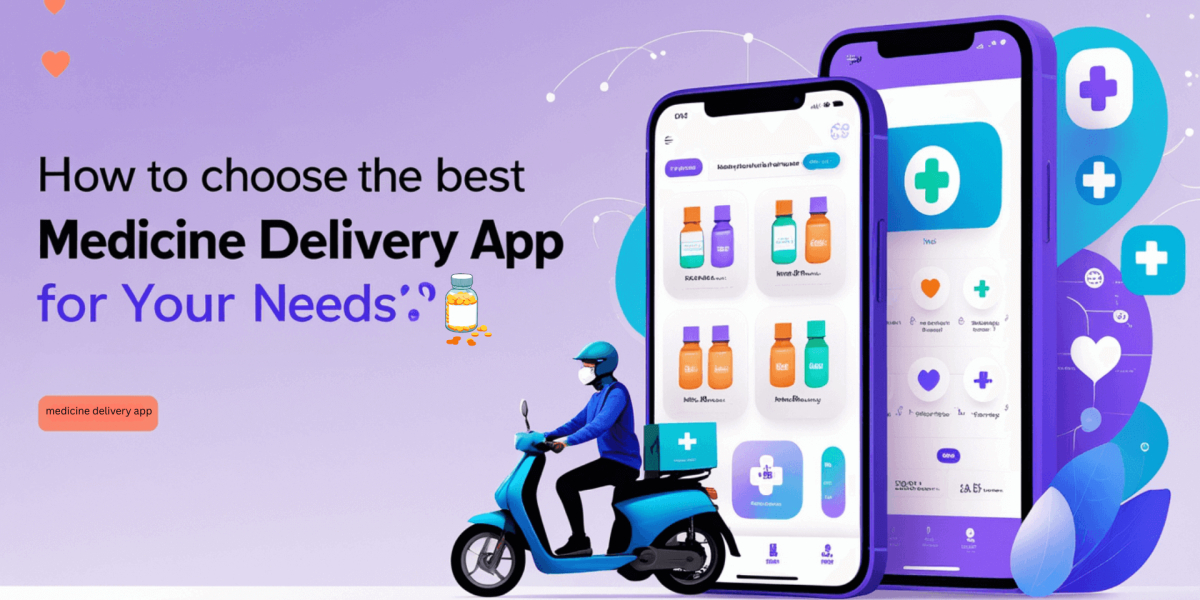8 Major Must-Haves for a Successful WordPress Blog
- By John Ocampos
- 30-03-2020
- Misc

A blog is described by Wikipedia as a discussion or informational website published consisting of “discrete, often informal diary-style text entries (posts).” Today, blogging has become an art form and even a viable source of income for many. Blogs from all sorts of niches and in various literary styles have sprung up through the years. It has evolved from being just somebody’s journal to an outlet even mobile app development company use to make their websites more engaging and endearing to their readers. There are blogs for nearly every topic, ideology, and interest—from sports to religion, and even politics, to travel and other hobbies, and everything else in between.
But what makes a blog successful? Here are eight major reasons of a successful blog you can follow:
1. Gripping Headline
Your headline is your elevator pitch. Your headline should give a sneak peek of your article that is intriguing enough to compel the readers to learn more and see the rest of what you have to say, at least even the first paragraph of your article. Hopefully, they like what they read in that first paragraph that they’d complete the article and find value in your content.
So, learn how to write magnetic headlines that appeal to people’s emotions and draw them in.
2. Compelling Lead
A lead comes right after the headline that pulls together the essential points of content. The next 100 words of your blog should contain the main keywords that enabled your visitors to find you in the first place, seamlessly written into the gist of what the rest of the article will talk about. If the readers don’t see what they need in those first 100 words or the first paragraph, they will bounce right out of your page. So, practice writing compelling leads that do make a difference.
3. Concise and Clear Sub Headings
Subheads break up the type to make the page more visually appealing. They make the content skimmable and navigable, and can boost your SEO. You can also subheadings as a way of incorporating two or three more versions of your keywords that are trending, so you can optimise your content further.
4. Engaging Body
The body is the meat of your sandwich. The introduction and conclusion are buns. Buns may be good, but you don’t buy a sandwich for buns. You go after a sandwich for the meat in it. The body should expound the titles and subheadings in a clear and straightforward manner. The body of your article needs to be written well, easy-to-read, and should be able to answer the people’s search intent so that they deem your website valuable to them. Make the body of high-quality, dynamic content, with illustrations, pictures, and even videos.
5. Excellent Graphics
As mentioned, make your content more engaging with different graphics and even video to break the monotony of the text. Google gauges the dwell time on your pages, so design elements such as graphics, typography, and color scheme should work together to encourage visitors to stay and keep reading. Also, when you promote your content on social media, you should include a visually appealing graphic.
6. Powerful call-to-action
Blogs should have calls-to-action or CTA that needs to be compelling and move readers to convert from onlookers to participators. The CTA can be as simple as dropping a comment, or rating the content, or sharing it.
7. Relevant Internal linking
To make your content more credible and your page more navigable, provide related internal links and backlinks to reinforce the validity of your content. Do this for every new article you write, but make sure all your links are related to your content or your niche, or else the links would look terribly out of place in your article, making it less appealing to readers. Inbound links and backlinks both are useful for SEO optimisation to improve your SERP (Search Engine Results Page) ranking.
8. Well-written Meta Description
Meta descriptions are snippets or sneak peeks in HTML code that’s displayed on SERP to give readers a summary of what’s in your article. Be strategic with your meta descriptions, that in about 60 words or less, you can provide a good preview of your article enough to make readers click your link.
Conclusion: A Successful Blog Requires Work
These eight components alone are not enough to guarantee your success, as you still need to do the legwork to make your blog successful. Other factors affect a blog’s success, like SEO rankings and web security. But the components you see in this article serve as an excellent guide for you to know what you need to improve on in your blog, and what types of skills you still need to hone to make it successful. Successful blogs do not happen overnight, so I encourage you to keep at it until you see the desired results you are aiming for with your blog.


.jpg)


